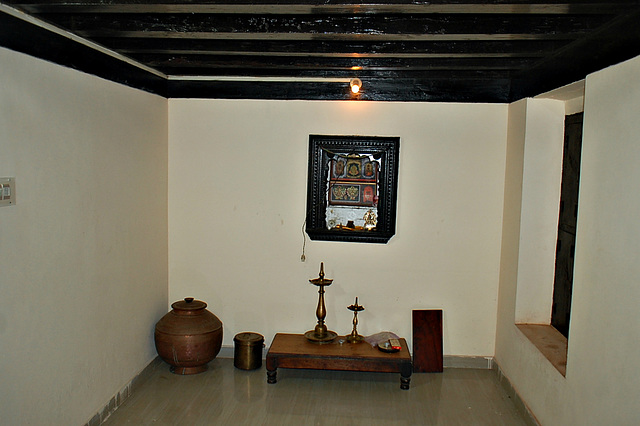Afternoon walk
Backyard Fall
Sun rise over a meadow
Autumn Color-fest
Japanese Maple
Autumn colours
Leaves
Leaves
Looking East ~ roots
Looking East II ~ roots
Looking West - roots
North West - view - roots
Roof tops / sky line
Neighbours - roots
Neighbours - roots
Neighbours - roots
ಭೂತ ಗುಡಿ ಮೈದಾನ್ / Gandhi Maidan
Walls all the way...
Gate
DSC 0044
Old age home
Shinna master
Girls High School
ವೀರಭದ್ರ /Veerabhadra temple
Jai Hind Talkies premises
Across Dwaraka Hotel premises
A structure of early 1900s
House of early 1900s
A place where time stood still
The Road
Facade
Facade
Alma mater
Board High School
Alma mater
See also...
Keywords
Authorizations, license
-
Visible by: Everyone -
All rights reserved
- Photo replaced on 22 Oct 2015
-
76 visits
- Keyboard shortcuts:
Jump to top
RSS feed- Latest comments - Subscribe to the comment feeds of this photo
- ipernity © 2007-2024
- Help & Contact
|
Club news
|
About ipernity
|
History |
ipernity Club & Prices |
Guide of good conduct
Donate | Group guidelines | Privacy policy | Terms of use | Statutes | In memoria -
Facebook
Twitter



The traditional answers (although assumptions would be a better word) to this question get their inspiration from a conventional account of sensory perception. Accordingly, different early sensory cortices (largely in the back sections of the brain) bring forward the components of perceptual information by brain pathways to so-called multimodal cortices (largely in the front sections), which integrate them. Perceptions would operate on the basis of a cascade of processors going in one direction. The cascade would extract, step by step, more and more refined signals, first in the sensory cortices, those that receive signals from more than one modality (e.g., visual, auditory and somatic). The cascade would follow, in general, a caudo-rostal direction (back to front) and would culminate in the anterior temporal and frontal cortices, where the most integrated representations of the ongoing multisensory apprehension of reality are presumed to occur. ~ Page 146 ~ Self Comes to Mind - Antonio Damasio
Sign-in to write a comment.